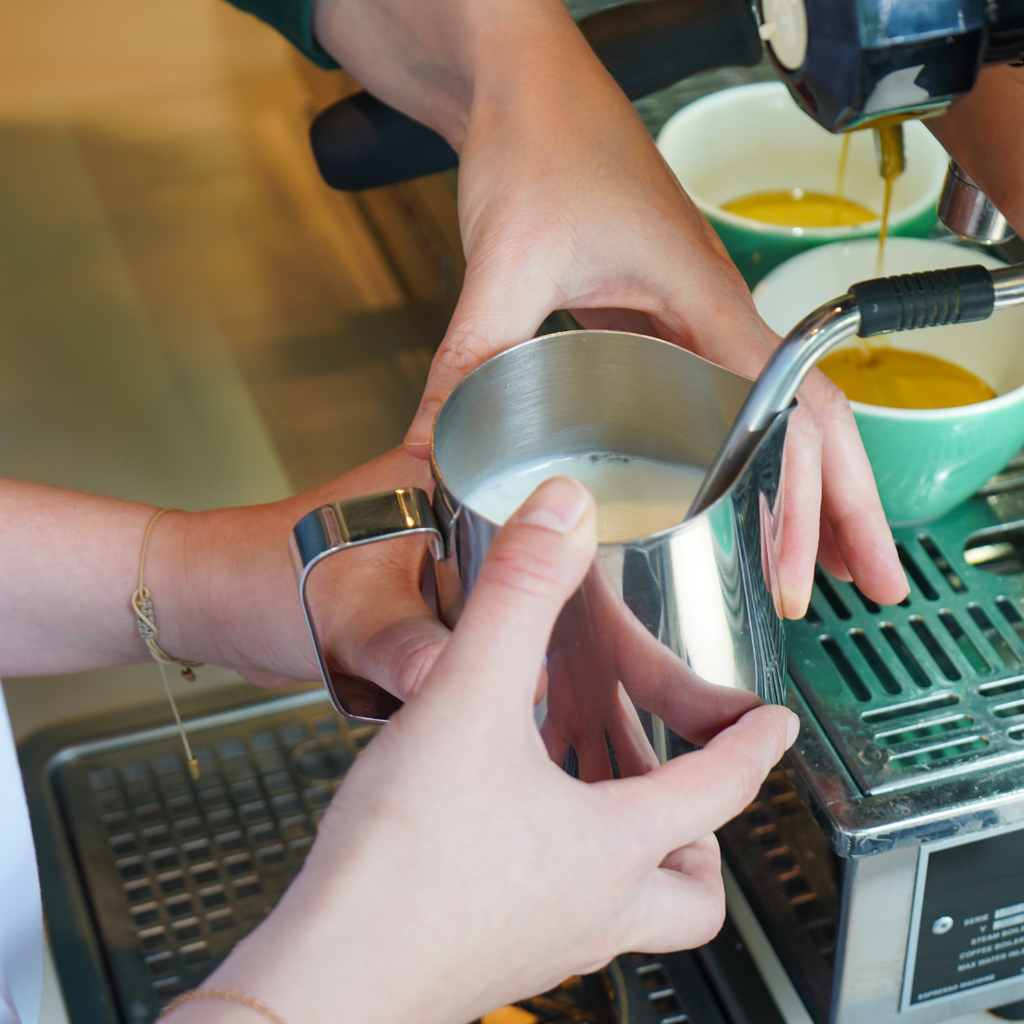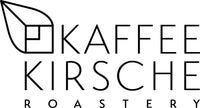How to Latte Art – Part 1: How to make the perfect milk foam

We love creating a special taste experience with every cup of coffee – and that includes the art of latte art. The key to latte art lies in the perfect milk foam. But how do you create the perfect milk foam?
For latte art, you need milk foam that's silky, smooth, and glossy—the so-called "microtexture." This foam flows well, blends with the espresso, and remains stable enough to create clear patterns. Foam that's too coarse leads to blurred shapes, while milk that's too runny lacks contrast and foundation.
The ideal choice of milk is important at the beginning:
- Whole milk: Contains more fat, which creates a creamy consistency. Whole milk is the first choice for beginners because it's easiest to froth and produces consistent results.
- Plant milk: If you prefer plant-based alternatives, we recommend oat milk. It froths well and has a slightly sweet flavor that pairs well with espresso. Make sure you use a barista-grade milk specifically designed for frothing.
And off we go
- The preparation
Make sure you have a stainless steel milk jug and cold milk on hand. Fill the jug about halfway to allow enough room for expansion. Cold milk provides the best control during frothing and prevents overheating.
- Position of the steam nozzle
Before you begin, turn on your espresso machine's steam wand to release any excess water. Then, dip the wand just below the surface of the milk, close to the rim of the pitcher. Proper dipping is crucial to create a swirling motion in the milk and evenly enclose air.
- The pull – incorporating air
While turning on the steam wand, lower the jug slightly so that the nozzle stays just below the surface of the milk. This will draw in air, creating the foam. This step should only take a few seconds—just long enough for you to hear a faint hiss.
- Rolling – Texturizing milk
Once enough air has been incorporated, immerse the steam wand deeper into the milk to heat and texture it. The jug should move in a circular motion so that the milk swirls evenly and the air bubbles coalesce into a fine, smooth microstructure. Be careful not to overheat the milk—around 60-65°C is ideal.
- Let the milk rest
After frothing the milk, tap the jug gently on the countertop and swirl it in a circular motion to remove any remaining large air bubbles. The foam should now appear glossy and smooth.
Common mistakes and how to avoid them
- Coarse air bubbles: These occur when the steam nozzle is immersed too deeply or too shallowly. Practice finding the right position to trap the air evenly.
- Milk too hot: Overheated milk loses its sweet flavor and the ability to form stable microstructures. Use a thermometer or feel the pitcher to check the temperature.
- Not enough foam: If you don't incorporate enough air into the milk, it will remain runny and not suitable for latte art. Listen for the "hissing" sound at the beginning of frothing to create enough foam.
Visit us at our roastery at Tempelhofer Damm 160 in Berlin to get more tips from our experienced baristas or take part in one of our barista courses . There you can hone your skills and practice the art of perfect milk foam in a relaxed atmosphere.
